Yeah, we’ve been talking a lot about collaboration on this blog. What choice do we have, though? It is the main engine of the design industry in 2020.
It is what helps many teams across the globe to finish their design projects on time, sharing information and feedback amongst all stakeholders involved.
The essence of successful collaboration lies in communication. Communication is a key to a lot of things, but when it comes to the design process, it might be both the key and the door you have to open somehow. It is not easy to find great ways to communicate efficiently, but worry not – we are here to help you with that! And today, we are going to discuss how companies can create a better product with design collaboration. Let’s go!
Table of contents:
What is Design Collaboration?
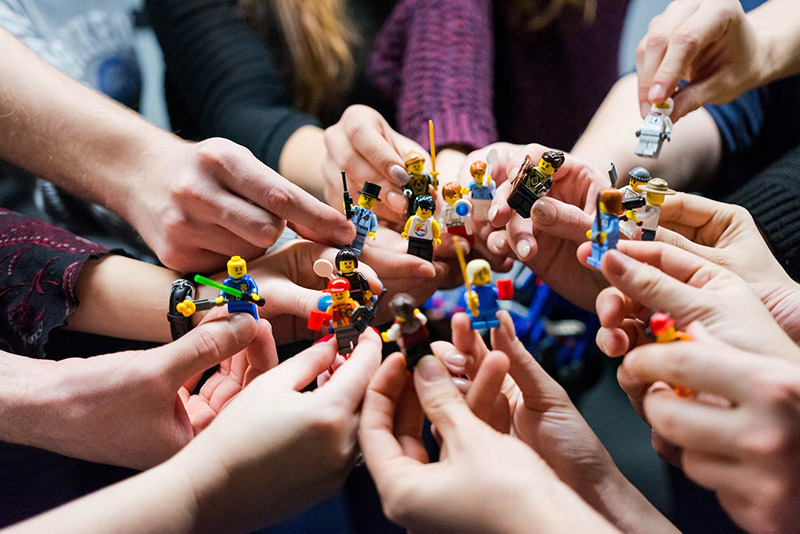
Long story short, a collaborative design process is a type of work when several different people share the full workload of a project to achieve a better result. It is a very wide notion because the ways of organizing the design workflow are infinite. There can be several graphic designers, several reviewers, several different departments like legal, printing, and many more. The scope of collaboration directly correlates with the size of the design agency, the project itself, and, of course, with the last proofing station – the client.
Why is Design Collaboration Important?
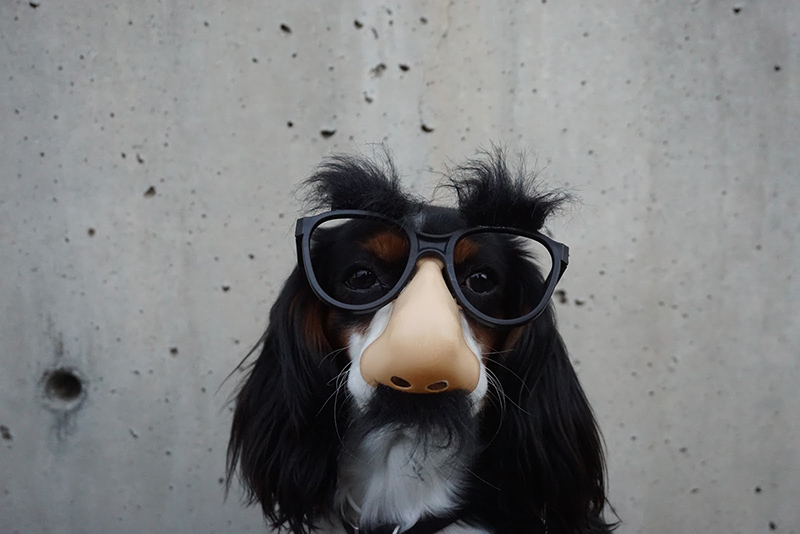
Collaboration opens many different possibilities for all stakeholders, so let’s see how it helps the two main project parties:
- Design agency. As design is a very feedback-oriented industry, first of all, it allows to gather it from different parties to improve the artwork. In case there are multiple designers on the team, they can share their vision with each other, work on different ideas and combine them to get the best results possible. Depending on the type of project, there can be different people responsible for different elements of design: the design itself, fonts, colors, etc.
- Client. Customers usually try to monitor the whole process closely, making sure that everything goes according to their requirements set in the creative brief. The main thing they value in collaboration is information exchange when they are provided with different versions of the artwork for which they have to return feedback. The final iteration is the result of this exchange and further negotiations that determine what works for this or that design and what does not.
How Can Designers Benefit from Design Collaboration?
Here I will present you top 7 ways how working in collaboration helps designers.
№1: Getting inspired
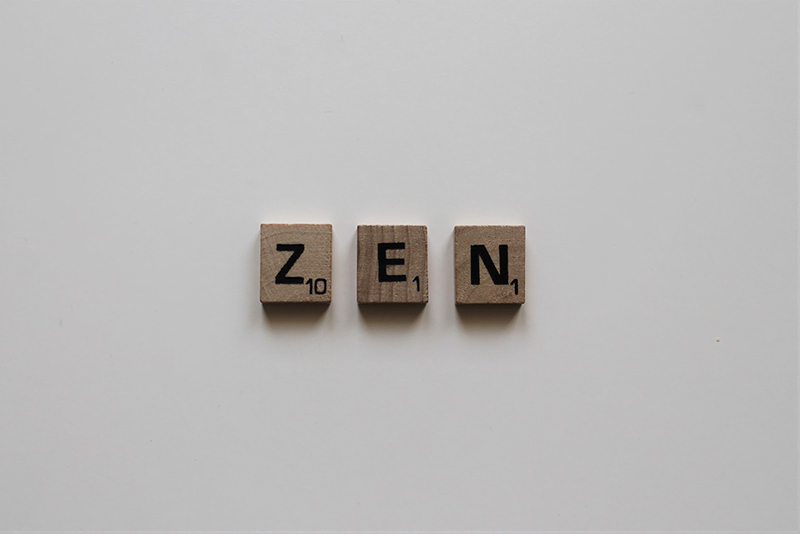
To be frank, this is by far my most favorite part when it comes to teamwork. Ah, that brilliant feeling when you got a really interesting project and everybody is genuinely having fun with it! It’s a great pleasure to work with the team that does their work with passion and a never-ending supply of curiosity.
Naturally, you will need the right people to be working with you. It might be hard to find the team when you feel at home, and the search might take some time, but the result is very much worth it. Yes, creatives usually are very interesting and individualistic people, but it doesn’t mean they cannot work as one organism to create something special. When you are surrounded by teammates who are energized and are bursting with ideas, you naturally want to keep up.
№2: Good old sport
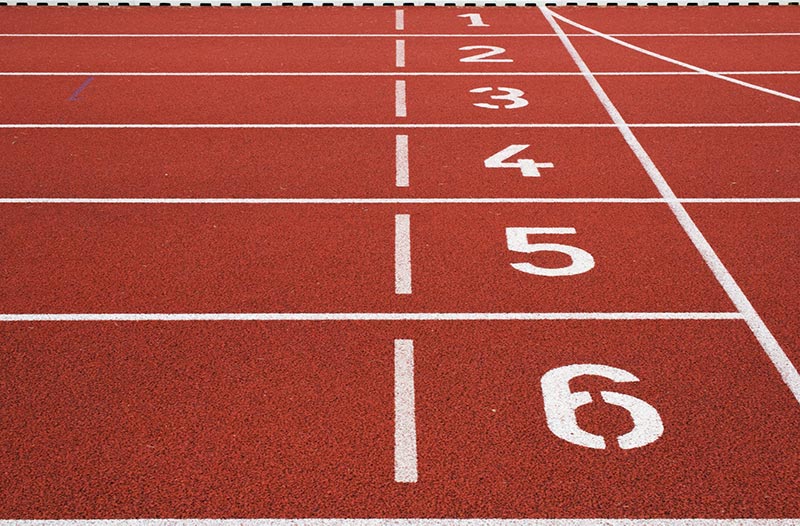
Competition is an absolutely necessary part of any project. No, I do not mean the market your client is targeting – though, it is also very important. The internal team comradery cannot be built without a healthy dose of rivalry that will heat the interest and produce new ideas. As I’ve said, creative people are very individualistic, and, surprisingly or not, this quality can shine very brightly within a team. This is what basically gives designers a great dose of their inspiration – a desire to be equally good or, preferably, better than the teammates.
Such sports interest works like a charger for many people. It helps develop positive chemistry, provided the competition is based on a desire to perform and improve, not on envy and anger. It helps develop a positive vibe and atmosphere spiced up with professional interest. This is why design collaboration is important.
Moreover, judging from my personal experience, I would even say that such an attitude is an absolute must for any relationship between people, especially for work and friendship. I have a graphic designer friend with whom we haven’t happened to work on a project together yet, but whenever we meet and share the news and our latest achievements, it’s like a zip of motivational electricity. You get back home fully charged from the bar where you met and start working like crazy! Having such a type of attitude in the workplace would be absolutely precious.
№3: Internal and external reviews
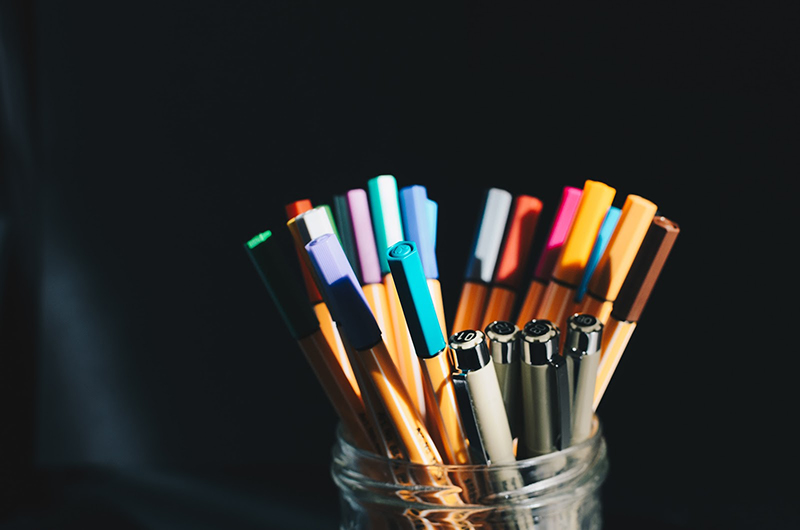
Where the design collaboration process is, there is also artwork proofing. I like to compare design to acting: yes, there’s Matthew McConaughey who can do a scene perfectly from the first take, but surely not each one and not all the time. In terms of design, the first iteration hardly ever becomes the final one as there is almost always something to improve. In that case, it is good to have your teammates who will be your directors, producers, operators, or even stunt-doubles pointing out things that still need refining.
A client, like a movie studio, will surely want to monitor the progress as well, popping in time after time and asking how the production goes on. Both inside and outside reviewers are supposed to help improve the work, but does it always happen so?
A lot depends on how your workflow and design process are set, whether you use collaboration tools or not. There is the traditional email proofing way that usually causes feedback loss and a lot of misunderstandings. On the other side, there is a specified type of online artwork review software with wide mark-up possibilities, file sharing, real-time discussion, and comparison modes that can make both internal and external reviews instrumental for the project’s success. And, of course, it so happens that you’re looking right at one of such design collaboration tools!
№4: Hokus-pokus, keep your focus
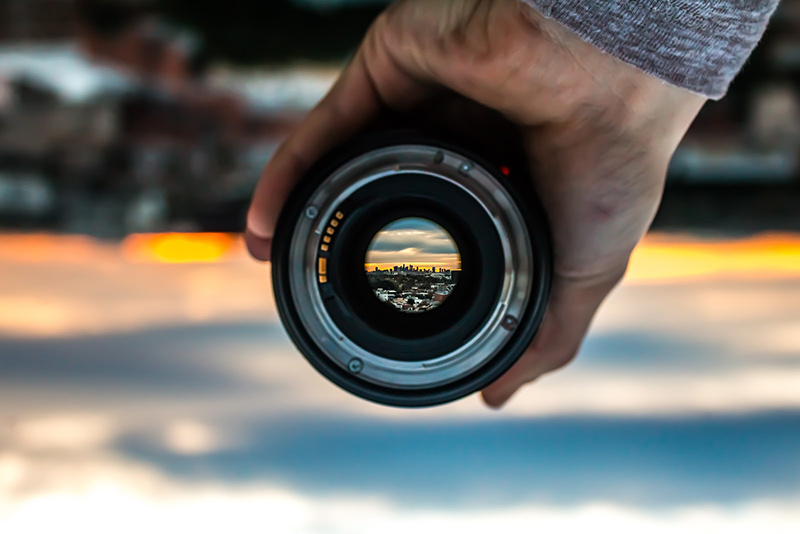
One more thing that highlights the importance of design collaboration to the team is the distribution of responsibilities. Although multitasking is still a quite widespread approach to work, it definitely lowers the productivity and efficiency of your team. The beauty of collaboration lies in this very attempt to avoid jumping from one task to another and structure the whole process. The principle of task distribution depends on two main factors:
- Abilities. Whenever this or that task is assigned to a team member the first criterion must be the proficiency of this person in the chosen type of work. In other words, don’t give font work to someone who is considerably better with colors.
- Workload. When creative agencies have several projects at the same time, new tasks should be distributed smartly in a way that will allow workers not to overwork and have some sleep. Occasionally, at least.
Task distribution in design project is one of those design collaboration benefits that will allow a better focus on current assignments. Whenever one person has to do everything on their own, the result becomes what Germans call a cool word “der Wirrwarr” – total chaos. Better concentration, however, lowers the number of distractions and helps get to the final point faster. Nonetheless, one small thing that has to be taken into account: tasks should not be all exactly the same because it will quickly extinguish any inspiration and make any worker bored.
№5: The devil is in the details
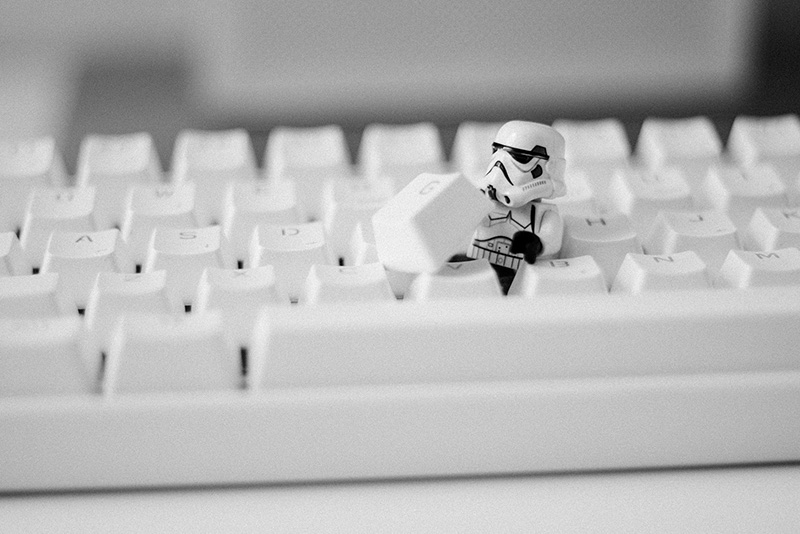
All the points above are a direct roadmap to developing a certain style. Every creative worker has their own vision and approach, and, dividing the jobs and collaborating, teams combine them into one. With enough experience of working together, teammates adjust better to each other and learn to understand what would fit better with their partners’ approaches. This means working as one organism for a design team.
Refining this craft is not an easy task and might take a lot of time – months, years, it depends. However, it will definitely get your game to the next level. Attention to details in your work and the work of your teammates will build the style and reputation that will make your company recognizable. This is all about turning experience into profit – the ultimate importance of collaboration between designers.
№6: Increasing the scope
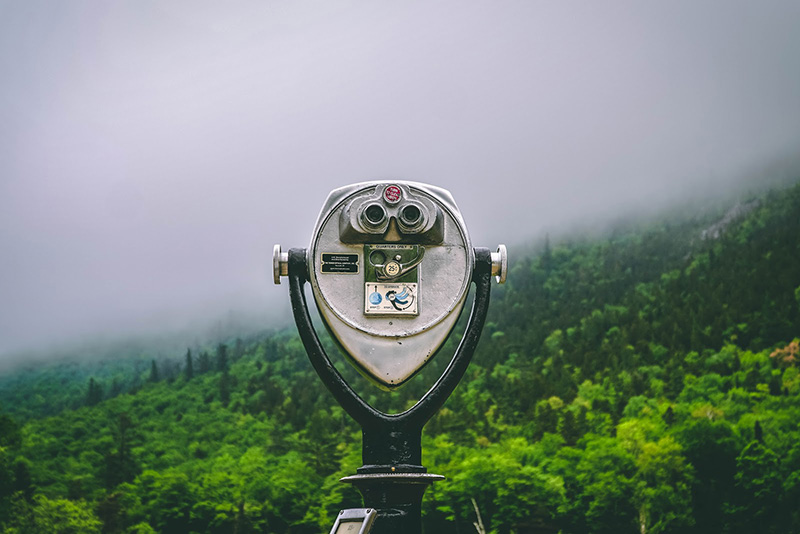
There’s a thought that a need for constant development becomes tiresome and boring with time. Indeed, however much you love your job, it might become dull after a while because you have to stay sharp constantly to keep up with the competition. We all need to take a break sometimes, but a lot depends on how much you want to come back to work afterwards. If you do want it at all.
Working in a team makes the whole thing much easier. Despite a constant need to progress that may be totally exhausting sometimes, the communication and “having fun” factor help you recover from it much faster. Even the smallest things such as coffee break jokes can improve your working mood significantly and set you into the right frame of mind.
The atmosphere and chemistry of a team help you progress both individually and collaboratively. In such industries as design, constant development is essential since everything changes so fast that we might not even notice it – trends come and go, and to stay relevant you have to follow the process closely. Ability to adapt allows keeping the quality of your work at the highest level possible which secures the growth of reputation, and, naturally, demand for your services. With a team, it is easier to increase the amount and scale of your work, and start taking up bigger projects that will bring more profit. You might have to think of team expansion at some point, too.
№7: Aftermath and collective responsibility
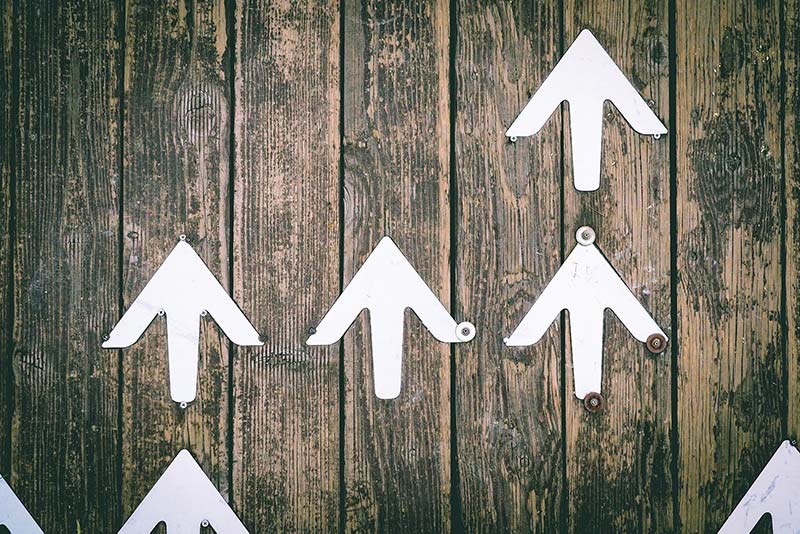
Working on your own, it may be very hard to determine what exactly went wrong with the project and where you made a mistake. When you collaborate, things are slightly different. With all the reports and projects numbers that you totally should gather and record, you can find the weak spot and correct the process for the next time. Should I say what kind of software can provide you with the opportunity to do it? Guess not, you know the answer already 😀
Finding the problem is often associated with finding a single person who is supposedly guilty and should take all the blame. Well, it couldn’t be more wrong. The thing is that sharing the workload, teammates also share the responsibility for the result, and if something is not right, it concerns everyone from the person who completed the task to the managers and reviewers who should have controlled the process. It’s not about finding someone who can be accused of all the problems – it is about looking for ways to improve. The beauty of collective responsibility is also very visible with positive results – it means that everybody did well and deserves some praise.
Final Thoughts
Collaborative design is by far not an alien thing for the industry. It boosts the effectiveness of work, aiming to improve the project results and achieve the main project goal – finding a solution to the client’s marketing business problem. Design collaboration is built first and foremost on communication between different parties and on information exchange between them. It creates a sort of collective mind that works as one mechanism in order to complete the task and make the process as efficient as possible.
Constant connection and the ability to stay up-to-date with a design project are the essential ways of how graphic designers can benefit by working collaboratively. If, for some reason, you think you are missing out on these, let us know! Approval Studio is always ready to help you set up your perfect proofing workflow and make effective designs from your great ideas!
See you soon!

 TEAM SOLUTIONS
TEAM SOLUTIONS WORKFLOW SOLUTIONS
WORKFLOW SOLUTIONS



 REVIEW TOOL
REVIEW TOOL PROJECT MANAGEMENT
PROJECT MANAGEMENT TOOLS & INTEGRATIONS
TOOLS & INTEGRATIONS
 CLIENT INTERVIEWS
CLIENT INTERVIEWS









